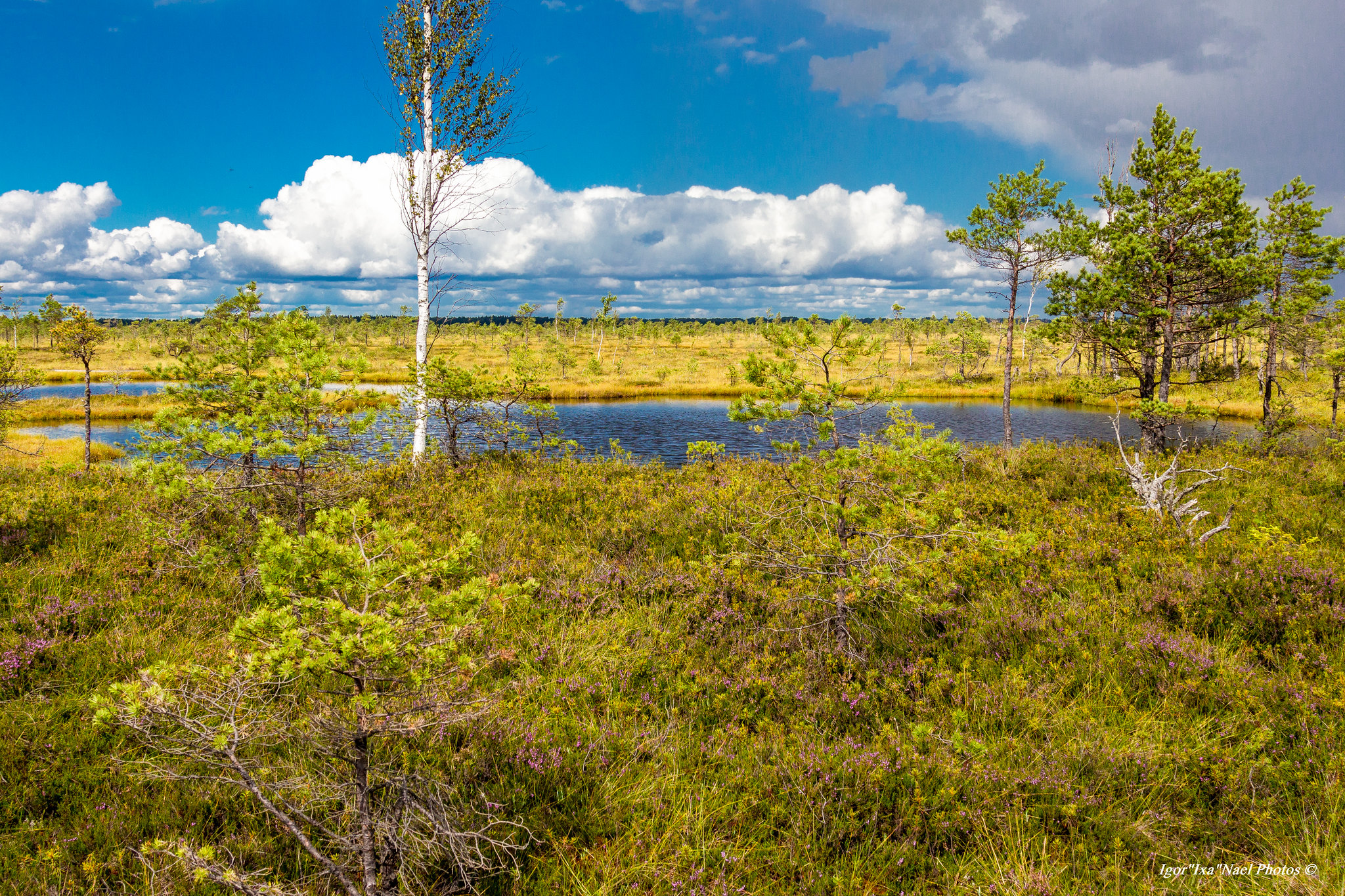Peat is currently mined in Estonia on approximately 184 square kilometres
The area of Estonian peatlands ranks third in Europe after Finland and Sweden. In Estonia, almost 22% of the country is covered with peatlands, and in most of these areas, the thickness of the peat layers is more than 30 cm.

In the Earth’s Crust Act, mineral resources (including peat) are divided into economic and potentially economic reserves on the basis of their usability. A peat stock is potentially economic if its extraction and use is prohibited by law or its extraction and use is not possible due to the need for environmental conservation (for example in protectead areas). Otherwise, the mineral resource is economic.
The extraction of a mineral resource requires a sufficiently detailed geological study of its stock: if a detailed study is available, the mineral resource is called a proved reserve; if the survey is not sufficiently detailed, the mineral resource is called a probable reserve. Proved reserves are therefore stocks that can be mined and exploited, whereas a probable reserve is a stock that cannot yet be mined.
The economic proved reserve of peat in Estonia is 241 million tonnes. The economic probable reserve is 809 million tonnes and the potentially economic reserve is 562 million tonnes [1]. About one fifth of Estonia’s peat reserves are located in Pärnu County. There are also large peat reserves in Tartu, Ida-Viru, Jõgeva, and Harju counties. In Estonian mires, an average of 1.4–1.8 tonnes of peat is formed per year, the average thickness of a peat deposit is 3–4 m, the maximum thickness is 16.6 m [2].
What is peat used for?
Peat was first mined in larger quantities in Estonia from the end of the eighteenth century, when it was used as fuel mainly in manor distilleries and farms. The introduction of heating peat was primarily due to the extensive depletion of forest resources, and at the beginning of the twentieth century, peat was increasingly used for heating as a result of the fuel crisis. This, in turn, was facilitated by the higher calorific value and lower price of peat compared to timber. In the 1920s, peat was the main fuel in power plants, accounting for almost 10% of all combustion material [3]. In the 1950s and 1960s, the production of fertiliser peat began, as the need for bedding peat for animals increased significantly with the creation of socialist collective farms [4]. A decade later, there was a boom in the production of briquette used as household fuel in Estonia. In the 1970s and 1980s, however, boiler plants extensively switched to oil and gas heating, and the widespread use of heating peat ended. Peat mining continued mainly to obtain fertiliser and growth peat [5]. By the current century, peat as a fuel has declined to third place in Estonia after oil shale and timber [6], and the annual production volumes of peat fluctuate near one million tonnes, depending on the weather. Peat is currently mined in Estonia on approximately 184 square kilometres [7]. As peat is a very slowly recovering natural resource and is being mined more than is created, the depletion of the stock is becoming a serious problem. It is likely that in the future, the peat industry will focus more on abandoned peatlands or drained peatlands and that natural mires will no longer be used on a large scale [8, 9].
Dried, depleted, and abandoned peat production fields are called abandoned peatlands . Due to the decomposition of peat, approximately 5 million tonnes of CO2 are emitted from abandoned peatlands per year [10], which is why drained mires and bogs are one of the main sources of greenhouse gases (mostly CO2) in Estonia. The amount of carbon emitted from peatlands during the year is about ten times higher than the amount of carbon sequestered during photosynthesis in natural mires [11].
Abandoned peatlands generally regrow their vegetation very slowly, which is why it is important to restore them. The most preferred method of restoration is re-paludification – creating the conditions for the recovery of peat formation – but a body of water can also be developed, or the area may be afforested. There are about 80 abandoned peatlands in Estonia with a total area of about 9,800 ha. With the support of the European Union, a project for the restoration of abandoned peatlands is underway, within the framework of which Estonia has undertaken to restoreat least 2,000 hectares of abandoned peatlands . The nature conservation development plan sets the goal for 2020 of rehabilitating 1,000 ha of abandoned peatlands . As at the beginning of 2020, about half of it has been restored and work has started on more than 1,500 hectares.
Last modified: 09.11.2021
_______________________________________________________________________________________
[1] U. Trumm, V. Rozental. Eei turbatööstuse ajalugu. In Nomine OÜ, 2012.. 264 lk
[2] H. Seemen. Metsaparandus ja soometsandus. Tartu: Eesti Põllumajandusülikooli Kirjastus 1998.
[3] U. Trumm, V. Rozental. Eesti turbatööstuse ajalugu. In Nomine OÜ, 2012.
[5] J. Paal, E. Leibak. Eesti soode seisund ja kaitstus. Tartu: AS Regio, 1995.
[6] Paal, J., Leibak, E. (2013). Eesti soode seisund ja kaitstus. Tartu: AS Regio. 158lk
[8] M. Mikk. Männikjärve raba kujunemine ja taastamine. (Bakalaureusetöö) Tartu: Eesti Maaülikooli Põllumajandus- ja keskkonnainstituut, 2016.
[9] E. Niitlan. Turbaliidu nägemus Eesti turba ja soode kasutusest. - Märgalade päeva ettekanne, 2016.
[10] M. Ilomets. Temporal changes in Estonian peatlands and carbon balance. – In: J.-M. Punning (ed.). Estonia in the system of global climate change. Publications of Institute of Ecology 1996/4: 65-74.
[11] J. Paal. Jääksood, nende kasutamine ja korrastamine. Tallinn: Eestit Turbaliit, 1996.